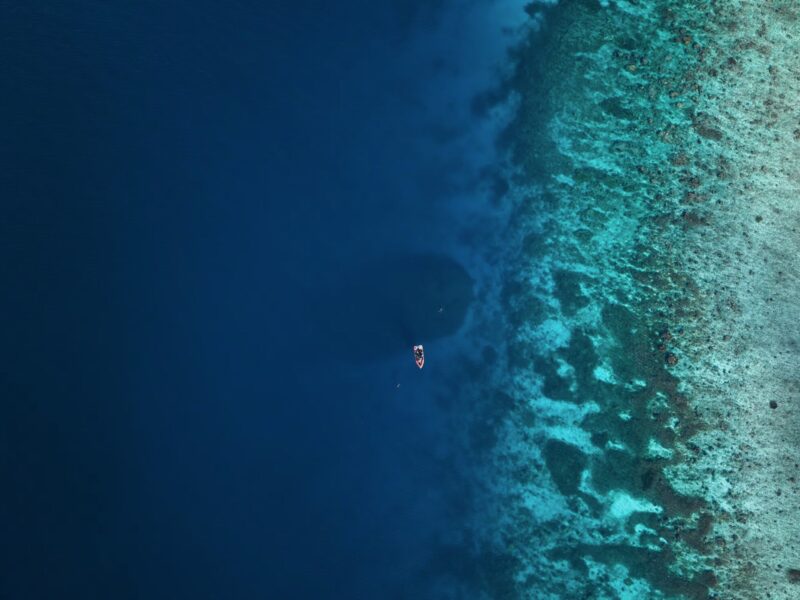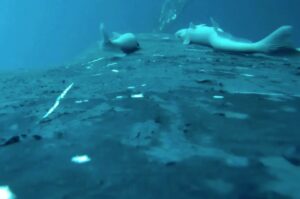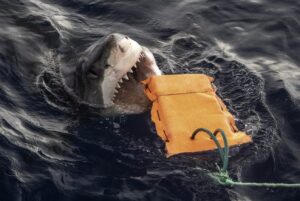Scientists have discovered the world’s largest coral formation in the Southwest Pacific Ocean. Measuring 34 by 32 meters, it can be seen from space, but somehow we have missed it for hundreds of years.
National Geographic’s Pristine Seas Project was studying the ocean health around the Solomon Islands when it stumbled across the ginormous coral. Sitting 12 meters below the surface, it looked like a shipwreck. After diving down to get a closer look, the team was amazed to find the giant coral.

Photo: Manu San Felix/National Geographic Pristine Seas
This is the largest coral colony on Earth. Unlike a reef, it is not made up of multiple colonies and different species of coral. It is a single colony comprising nearly a billion identical coral polyps.
“Finding this mega-coral is like discovering the tallest tree on earth,” said Enric Sala, the founder of Pristine Seas. “This discovery rekindles our sense of awe and wonder about the ocean.”
Some hard corals can look a bit like rock, but they are living things closely related to jellyfish and sea anemones. Together, all the polyps create a giant living organism made up of a single species, Pavona clavus, commonly known as shoulder blade coral.
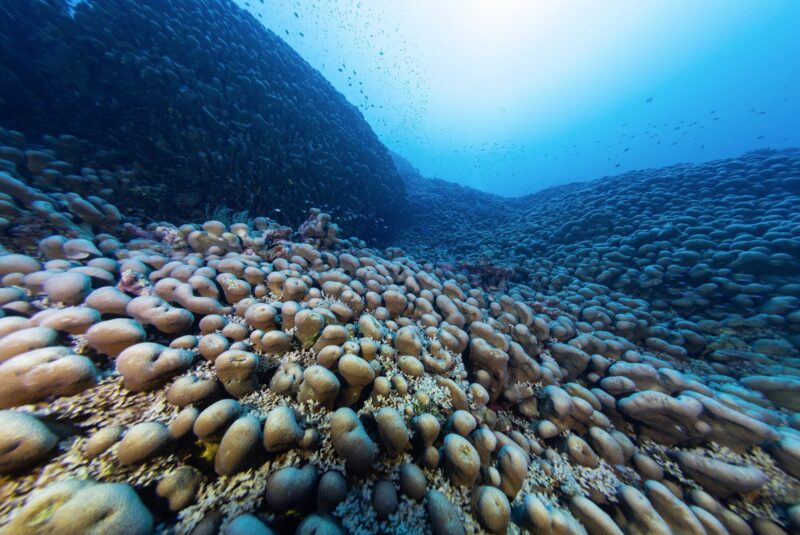
Photo: Manu San Felix/National Geographic Pristine Seas
An 18th-century creature
Its size suggests it is over 300 years old. Despite its size and age, it has never been recorded before. You would be unable to reach it without diving or snorkeling gear. Locals always assumed the large dark shadow was a big rock.
The expedition’s lead scientist, Molly Timmers, explained that they too almost missed it. The find “was really serendipitous. It was found the night before we were moving to another section.”
During its long lifespan, the coral has survived many changes in the surrounding ocean, including overfishing, acidification, agricultural pollution, and rising sea temperatures. Its positioning may have something to do with its survival. The deeper water it sits in is still quite cool, and a nearby shelf provides a certain amount of shelter. The local community owns the waters around the Solomon Islands, and they have been working to protect their ocean for over a decade. Now they are asking for support to protect the giant coral as well.
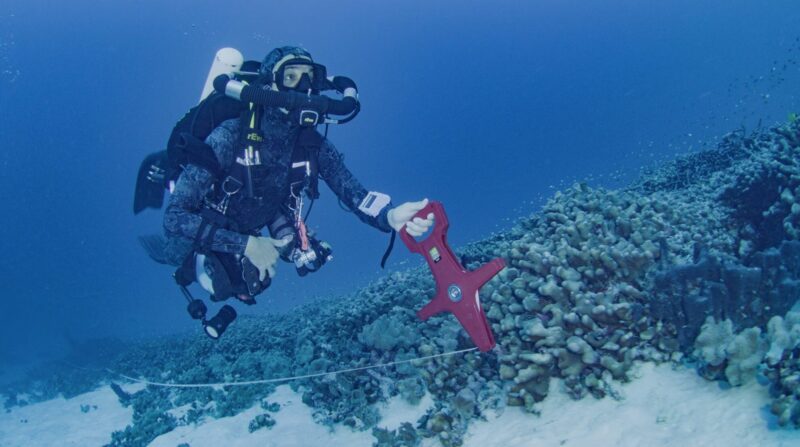
Photo: Manu San Felix, National Geographic Pristine Seas
Despite its survival, the organism may still be at risk. Corals are notoriously sensitive. They need calcium carbonate to grow, and as our oceans become more acidic, it is harder for them to create their skeletons.
“Just like in people, if you don’t have enough calcium or carbonates, you end up with osteoporosis, so your bones start to degrade, and they can get fragile,” explained oceanographer Helen Findlay. “The same can be true for corals.”
